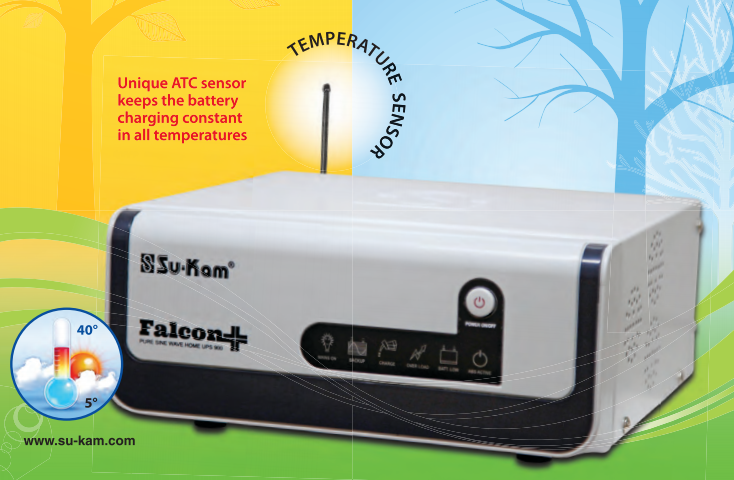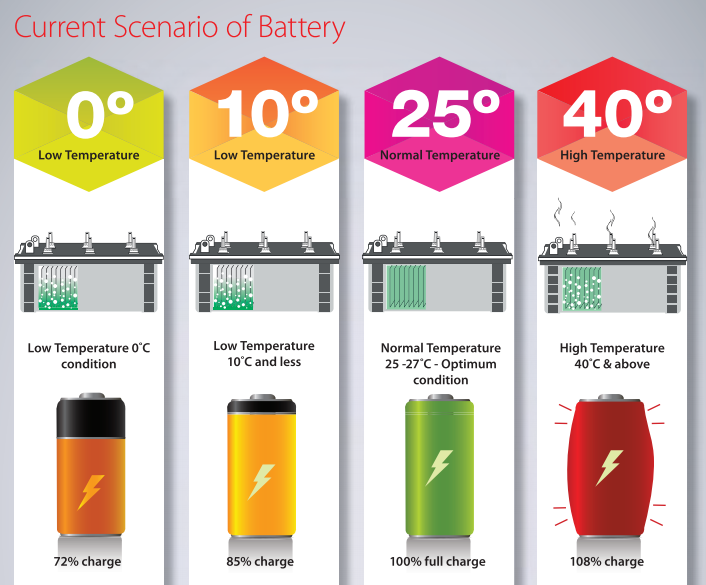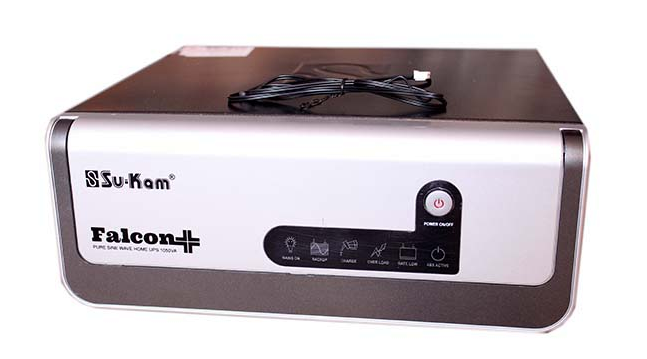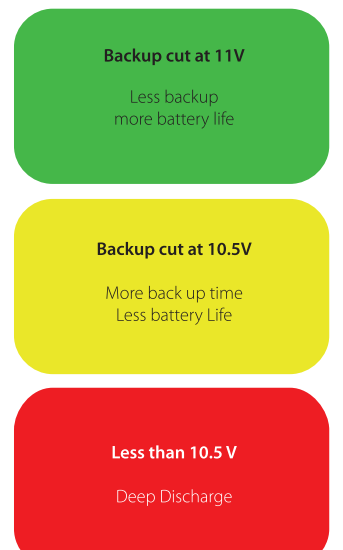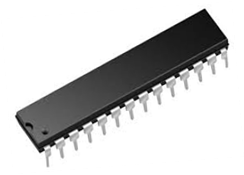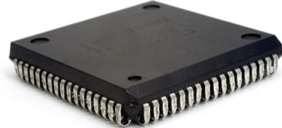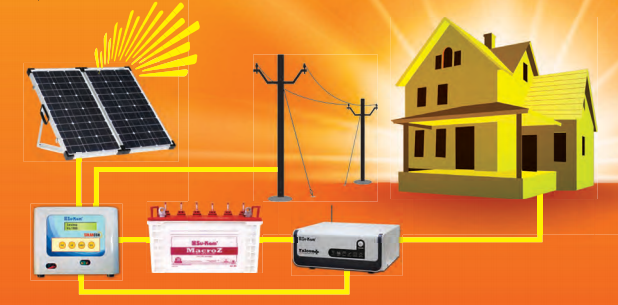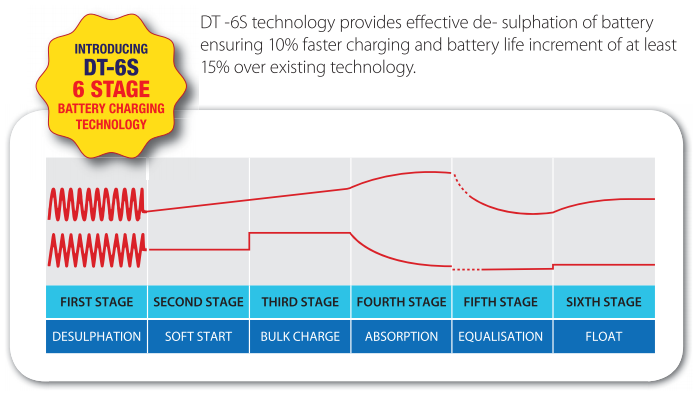Intel vs AMD: which processor is best?
Your CPU is your PC's brain, so make sure you choose the right processor
By Mike Williams

Buying a desktop computer can be a lengthy process involving many complex decisions, but none come with quite as much jargon as figuring out the best CPU.
Before you know it, you're drowning in talk of cores and clock speeds, socket types and memory controllers, Bulldozer, Piledriver and more.
While you'll need to consider at least some of these issues, there's an easier way to approach your purchasing problems. And that's to ignore the technical detail, just for the moment, and focus first on a more fundamental question: Intel vs AMD, which processors are the best for you?
You'll probably find that answering this is much more straightforward. And once you've made your choice, many other decisions about your new PC will fall into place, saving you plenty of time.
Intel vs AMD: Intel CPUs
If you're after performance above else (and you can afford the price tag) then Intel processors are generally a good choice. As our "Best CPU" benchmarks showed, strong single core performance means they generally outperform the competition.

The difference can be marginal, though. It may be even less significant if you're planning to spend time overclocking your chosen CPU, or if your target applications make good use of multiple cores - especially as AMD chips are generally priced much lower, which means you can sometimes get extra cores for less money.
Even opting for Intel's very latest Haswell CPUs won't deliver a major leap forward in desktop power, unfortunately. Haswell processors come with the same default clock frequencies as their predecessors, the same four cores (with the mainstream sockets). Performance might edge up by 10 per cent or so, but you're most probably not going to notice any difference.
It's not all bad news, of course, particularly if you're interested in mobile computing. As ourguide to Haswell explains, Haswell CPUs have new sleep states and enhanced power management which promise a major leap forward in battery life.
For instance, you should be able to leave a Haswell system on active standby, regularly grabbing emails, downloading social media updates and more, for a whole seven days on a single charge: very impressive.

But on the desktop, even the top-of-the-range Intel Core i7-4770K really doesn't deliver much new (beyond requiring another new socket, meaning you can't drop it into an existing system). As our Intel Core i7-4770K review points out, it's "just barely any better than the processor it replaces", not good news when it also comes with a significant price premium - as we write, it's priced at US$350 (about AU$380, £228).

Intel's latest technologies could make a real difference to mobile devices, then. But if you're looking for a desktop solution then the company's older Ivy Bridge products currently deliver the best mix of price and performance, and that's where its best deals are still to be found.
Intel vs AMD: the AMD competition
If you're wondering how it is that Intel can get away with desktop processors which have changed so little in previous years, the answer is simple: they just don't have much competition.
Partly that's because AMD has been trailing behind Intel for some time now, especially when it comes to desktop performance. While the company has promised a lot, they've singularly failed to deliver, and just can't compete with the best that Intel has to offer.

When there are new products, then like Intel, AMD are generally more focused on the mobile space. As we explained in our report on AMD's new A4, A6, A8 and A10 CPUs, for instance, the headline news is the 21 per cent claimed increase in graphics speed. More general desktop performance only edges up by perhaps 8 per cent.

This isn't quite the end of the story, though. While AMD's desktop CPUs generally lag a little behind the Intel competition, there are a few exceptions. Overclocking can reduce the gap still further, and low prices ensure that there are still some great AMD deals to be found.
What's more, AMD has a particularly interesting new technology, in the shape of its Kaveri chip. This uses a heterogeneous system architecture (thankfully better known as HSA) to not only combine a CPU and GPU in a single die, but also allow both processors to access the same areas of memory without waiting for the other to finish first.
The project has some other promising features, too, and while the end result might not immediately overtake the best Intel CPUs, the first Kaveri releases - due very soon - could bring back some real and much-needed competition to the desktop CPU market.
Intel vs AMD: which is best?
We've looked at the two product families, then - but which is best? It all depends on what you're looking for.
At the low end of the market, where price matters above all else, AMD offers some good deals. The AMD A4-5300 is available for under US$50 (you can buy an entire Socket FM-2-based PC for about US$300), and while its specifications don't impress - two cores only, a mere 1MB cache - if you'll mostly be using the system for email and browsing then it'll serve you very well.
Move up the price range and Intel begins to enter the picture with a product like the Intel Core i3-3225: dual core, 3MB cache, US$134 (about AU$146, £87). And if you prefer Intel and don't need a great deal of power then that might just about be enough.

Once again, though, AMD offers better value. The Socket AM3-based AMD FX-4130 is a particularly good deal: it's a similar speed to the Intel Core i3-3225, but the two extra cores will help with multi-threaded applications, and at US$99.99 (about AU$109, £65) it's something like 25 per cent cheaper than Intel's offering.
If anything the AMD FX-6130 is even better, delivering 6 cores, with overclocking potential of 5GHz, and still at a very good price.
Excellent single core performance does mean that regular desktop systems will generally be better off with an Intel processor, though. If you don't need the flexibility of manual overclocking then we'd opt for the US$195 (about AU$213, £127) Intel Core i5-3470, which offers both excellent single and multi-threaded performance. Meanwhile, the US$235 (about AU$256, £153) Core i5-3570K is a speedy (and very overclockable) quad-core product with 6MB cache which still performs well today.

Moving beyond this price level won't make a great deal of sense for the average user, as you simply don't get the extra performance to justify the extra cost. But if you have the money, then the Ivy Bridge Intel Core i7-3770K still delivers quality performance, hyperthreading and a fully unlocked CPU multiplier.
This could all change quite soon, of course, particularly with AMD's Kaveri technology. Can it help to bring some real competition back to the desktop CPU world? Just keep an eye on our reviews and news pages and we'll keep you up-to-date.

Buying a desktop computer can be a lengthy process involving many complex decisions, but none come with quite as much jargon as figuring out the best CPU.
Before you know it, you're drowning in talk of cores and clock speeds, socket types and memory controllers, Bulldozer, Piledriver and more.
While you'll need to consider at least some of these issues, there's an easier way to approach your purchasing problems. And that's to ignore the technical detail, just for the moment, and focus first on a more fundamental question: Intel vs AMD, which processors are the best for you?
You'll probably find that answering this is much more straightforward. And once you've made your choice, many other decisions about your new PC will fall into place, saving you plenty of time.
Intel vs AMD: Intel CPUs
If you're after performance above else (and you can afford the price tag) then Intel processors are generally a good choice. As our "Best CPU" benchmarks showed, strong single core performance means they generally outperform the competition.

The difference can be marginal, though. It may be even less significant if you're planning to spend time overclocking your chosen CPU, or if your target applications make good use of multiple cores - especially as AMD chips are generally priced much lower, which means you can sometimes get extra cores for less money.
Even opting for Intel's very latest Haswell CPUs won't deliver a major leap forward in desktop power, unfortunately. Haswell processors come with the same default clock frequencies as their predecessors, the same four cores (with the mainstream sockets). Performance might edge up by 10 per cent or so, but you're most probably not going to notice any difference.
It's not all bad news, of course, particularly if you're interested in mobile computing. As ourguide to Haswell explains, Haswell CPUs have new sleep states and enhanced power management which promise a major leap forward in battery life.
For instance, you should be able to leave a Haswell system on active standby, regularly grabbing emails, downloading social media updates and more, for a whole seven days on a single charge: very impressive.

But on the desktop, even the top-of-the-range Intel Core i7-4770K really doesn't deliver much new (beyond requiring another new socket, meaning you can't drop it into an existing system). As our Intel Core i7-4770K review points out, it's "just barely any better than the processor it replaces", not good news when it also comes with a significant price premium - as we write, it's priced at US$350 (about AU$380, £228).

Intel's latest technologies could make a real difference to mobile devices, then. But if you're looking for a desktop solution then the company's older Ivy Bridge products currently deliver the best mix of price and performance, and that's where its best deals are still to be found.
Intel vs AMD: the AMD competition
If you're wondering how it is that Intel can get away with desktop processors which have changed so little in previous years, the answer is simple: they just don't have much competition.
Partly that's because AMD has been trailing behind Intel for some time now, especially when it comes to desktop performance. While the company has promised a lot, they've singularly failed to deliver, and just can't compete with the best that Intel has to offer.

When there are new products, then like Intel, AMD are generally more focused on the mobile space. As we explained in our report on AMD's new A4, A6, A8 and A10 CPUs, for instance, the headline news is the 21 per cent claimed increase in graphics speed. More general desktop performance only edges up by perhaps 8 per cent.

This isn't quite the end of the story, though. While AMD's desktop CPUs generally lag a little behind the Intel competition, there are a few exceptions. Overclocking can reduce the gap still further, and low prices ensure that there are still some great AMD deals to be found.
What's more, AMD has a particularly interesting new technology, in the shape of its Kaveri chip. This uses a heterogeneous system architecture (thankfully better known as HSA) to not only combine a CPU and GPU in a single die, but also allow both processors to access the same areas of memory without waiting for the other to finish first.
The project has some other promising features, too, and while the end result might not immediately overtake the best Intel CPUs, the first Kaveri releases - due very soon - could bring back some real and much-needed competition to the desktop CPU market.
Intel vs AMD: which is best?
We've looked at the two product families, then - but which is best? It all depends on what you're looking for.
At the low end of the market, where price matters above all else, AMD offers some good deals. The AMD A4-5300 is available for under US$50 (you can buy an entire Socket FM-2-based PC for about US$300), and while its specifications don't impress - two cores only, a mere 1MB cache - if you'll mostly be using the system for email and browsing then it'll serve you very well.
Move up the price range and Intel begins to enter the picture with a product like the Intel Core i3-3225: dual core, 3MB cache, US$134 (about AU$146, £87). And if you prefer Intel and don't need a great deal of power then that might just about be enough.

Once again, though, AMD offers better value. The Socket AM3-based AMD FX-4130 is a particularly good deal: it's a similar speed to the Intel Core i3-3225, but the two extra cores will help with multi-threaded applications, and at US$99.99 (about AU$109, £65) it's something like 25 per cent cheaper than Intel's offering.
If anything the AMD FX-6130 is even better, delivering 6 cores, with overclocking potential of 5GHz, and still at a very good price.
Excellent single core performance does mean that regular desktop systems will generally be better off with an Intel processor, though. If you don't need the flexibility of manual overclocking then we'd opt for the US$195 (about AU$213, £127) Intel Core i5-3470, which offers both excellent single and multi-threaded performance. Meanwhile, the US$235 (about AU$256, £153) Core i5-3570K is a speedy (and very overclockable) quad-core product with 6MB cache which still performs well today.

Moving beyond this price level won't make a great deal of sense for the average user, as you simply don't get the extra performance to justify the extra cost. But if you have the money, then the Ivy Bridge Intel Core i7-3770K still delivers quality performance, hyperthreading and a fully unlocked CPU multiplier.
This could all change quite soon, of course, particularly with AMD's Kaveri technology. Can it help to bring some real competition back to the desktop CPU world? Just keep an eye on our reviews and news pages and we'll keep you up-to-date.



